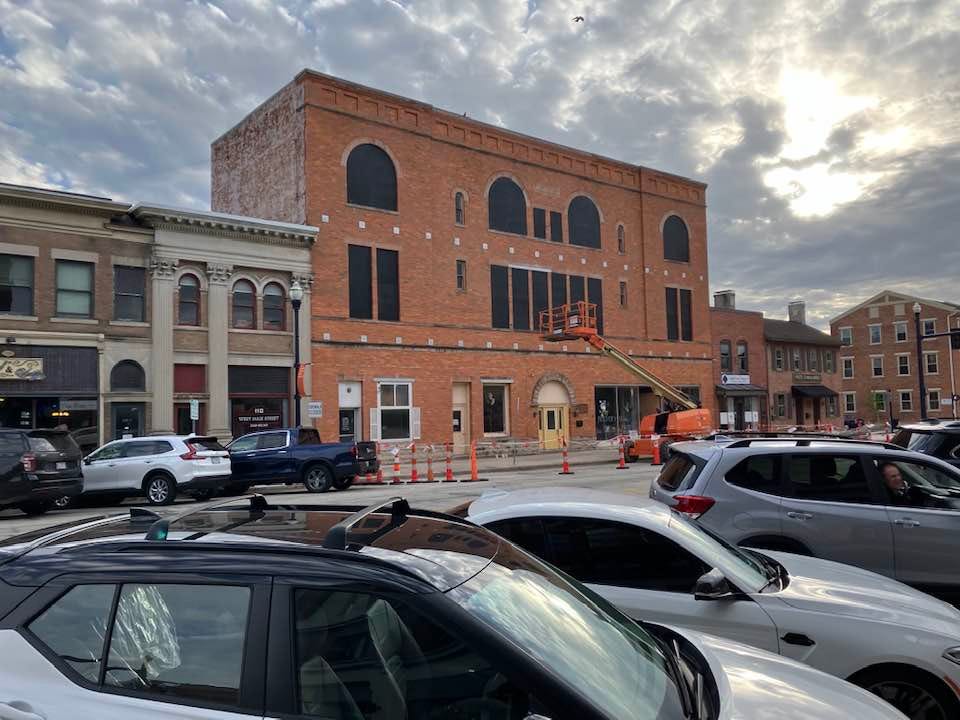Your View: THPA Comments on New Comprehensive Plan
Asks Troy to become a "What if" community instead of a "Why we can't" community.
Keep reading with a 7-day free trial
Subscribe to Civic Capacity to keep reading this post and get 7 days of free access to the full post archives.



